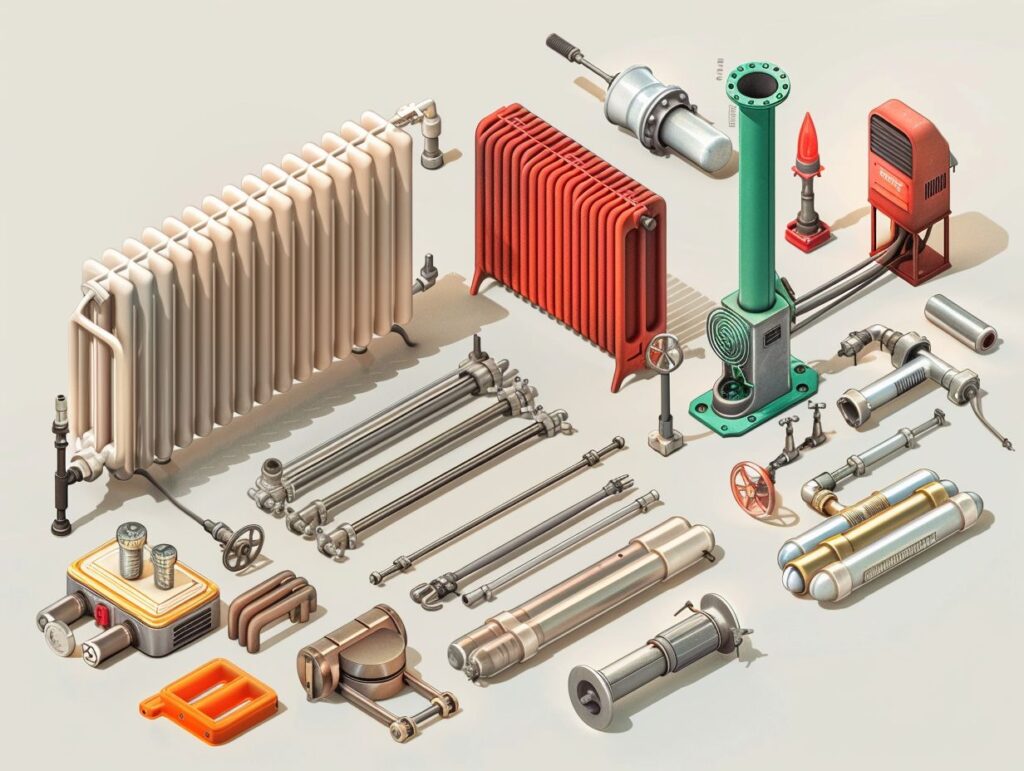If you are in the market for a new radiator, having a clear understanding of the different types available is essential for selecting the most suitable option to meet your requirements.
This article delves into the world of radiators, with a specific focus on Type 22 radiators. The content explores the distinguishing features of these radiators compared to other types, highlights their key benefits, and offers valuable insights on installation and maintenance procedures.
Upon completion of this article, you will possess the necessary knowledge to confidently select the appropriate Type 22 radiator for your residential needs.
Key Takeaways:
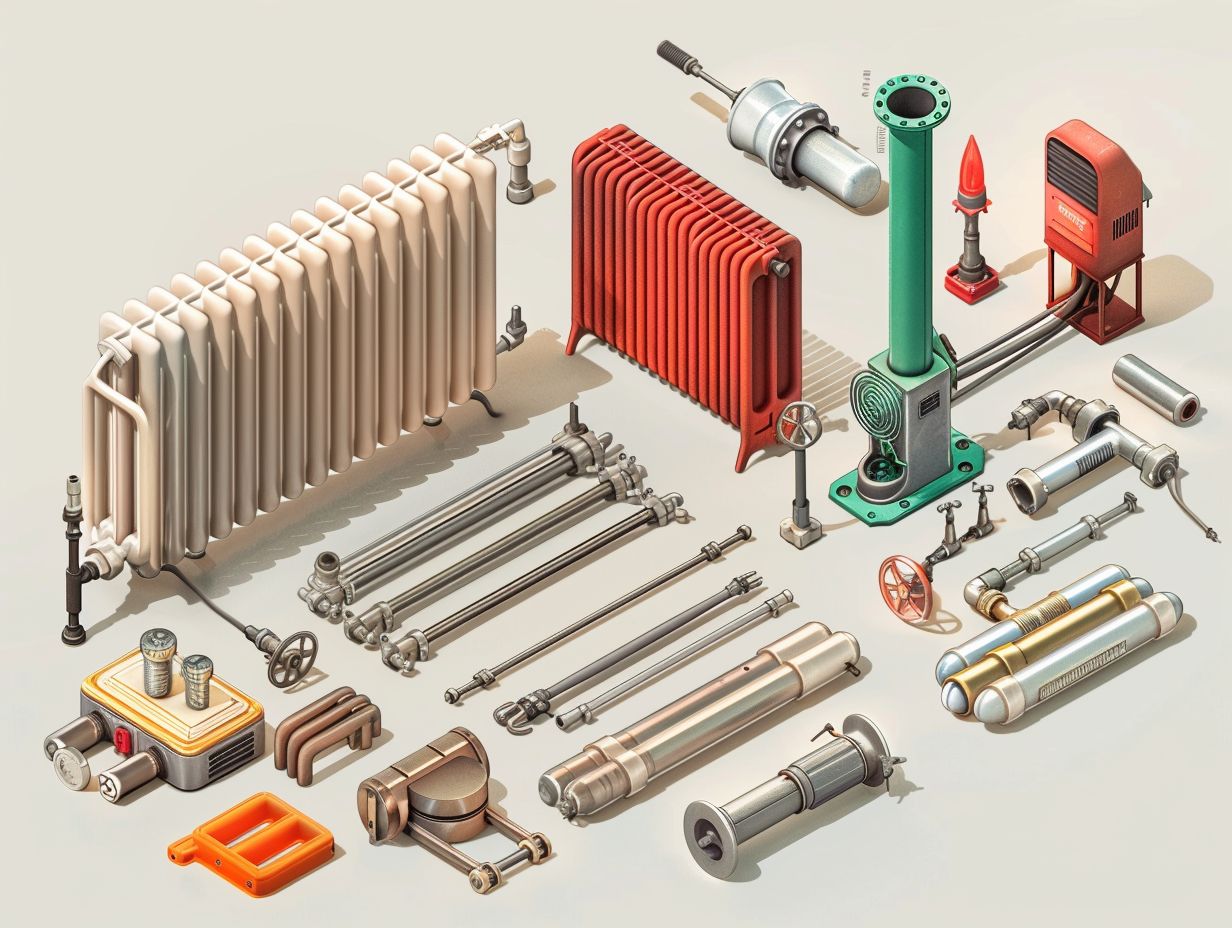
- Type 22 radiators have unique key features and benefits, such as efficient heat output and compact design, making them stand out from other radiator types.
- Proper installation techniques and recommended maintenance practices are important for maximising the performance and longevity of type 22 radiators.
- When choosing a type 22 radiator, factors such as heat output, size, and cost should be considered to ensure it meets your specific heating needs and budget.
Understanding Radiator Types
Understanding Radiator Types is essential for ensuring optimal heating efficiency in any space. You need to be aware of the various types, such as Type 22, Type 21, and Type 11, each providing distinct features and advantages for effectively heating rooms or spaces.
Type 22 radiators, also referred to as double panel double convector radiators, consist of two panels and two sets of fins. This configuration enhances heat distribution and efficiency, making them well-suited for larger rooms or areas that demand a higher level of heat output.
Conversely, Type 21 radiators are equipped with a single panel and a convector fin, offering a moderate heat output suitable for medium-sized spaces.
Type 11 radiators feature a single panel and no fins, making them perfect for small rooms or areas where space is limited but consistent heat is still required.
By understanding the distinctions between these radiator types, homeowners can make informed decisions and select the appropriate option that meets their specific heating requirements.
Overview of Different Types of Radiators
The Overview of Different Types of Radiators delves into the distinctions between radiators and convectors, highlighting the importance of fins, panels, and heat output in determining the efficiency of heating systems.
Different radiator types, such as convector radiators, double panel, and single panel radiators, cater to specific needs of large rooms or spaces.
Convector radiators are known for their rapid heat distribution due to the convection process, making them ideal for quickly warming up a room.
On the other hand, double panel radiators offer increased heat output and are suitable for well-insulated spaces that require consistent warmth. Single panel radiators are a space-efficient option, perfect for smaller rooms where wall space is limited.
Understanding the unique characteristics of each radiator type allows homeowners to make informed decisions based on their specific heating requirements and room sizes.
What Sets Type 22 Radiators Apart
Type 22 Radiators are recognised for their efficient heat output and dual-panel design, making them an excellent choice for effectively heating spaces. These radiators combine the advantages of convector radiators with the enhanced heat distribution capabilities offered by the double panel construction.
The dual panels in Type 22 Radiators facilitate increased surface area, allowing for improved heat transfer to the surrounding environment. The presence of fins on the panels plays a vital role in optimising heat dispersion, ensuring that warmth is evenly spread throughout the room.
This characteristic not only enhances the overall efficiency of the radiator but also supports the maintenance of a consistent temperature. The panel design of Type 22 Radiators also contributes to their visual appeal, seamlessly blending with various interior styles while efficiently delivering the necessary heating output.
Key Features and Benefits
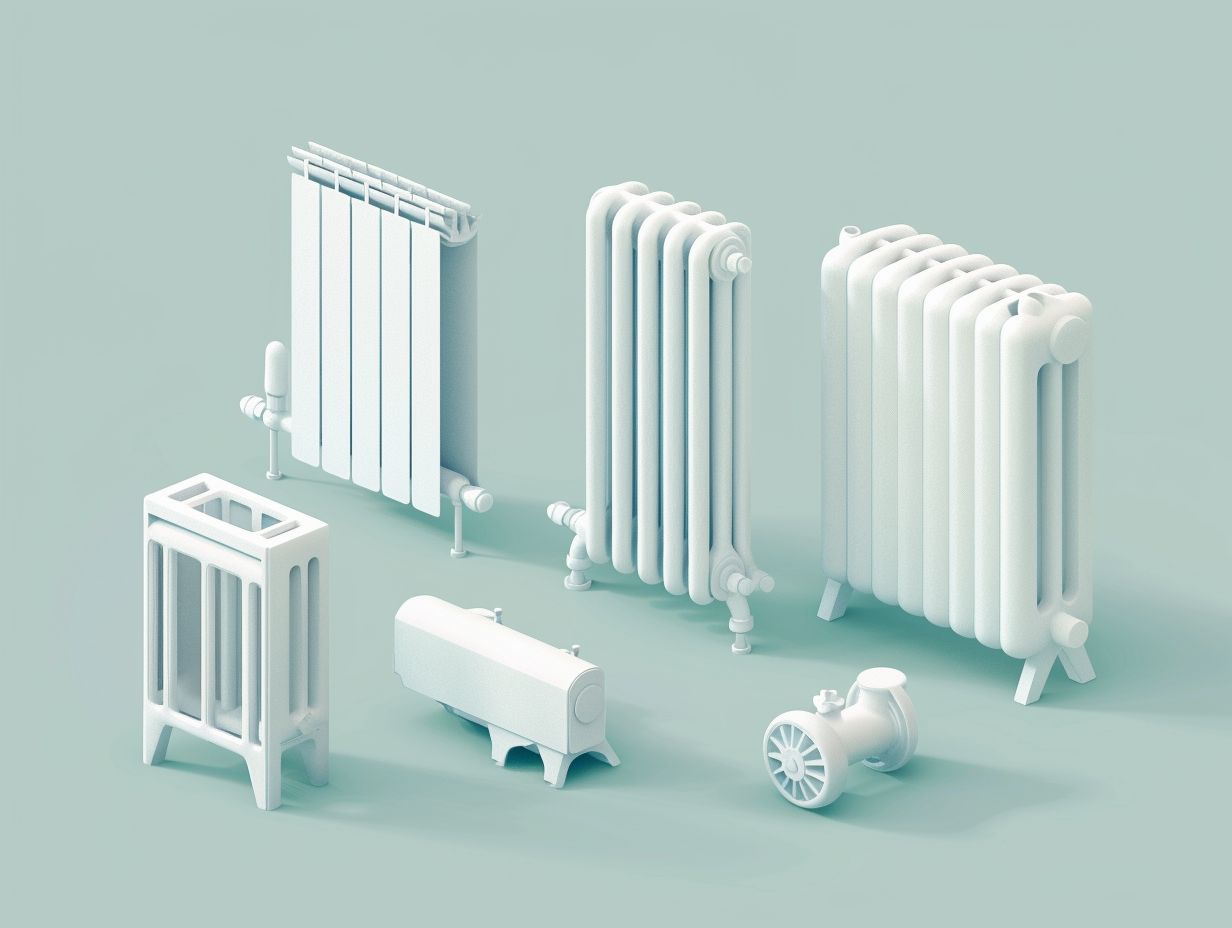
When considering Type 22 Radiators, it is essential to understand their key features and benefits. These radiators are known for their exceptional heat output capabilities, making them an optimal choice for efficiently heating rooms. In addition, designer radiators provide stylish solutions for maximising space utilisation, with versatile options such as vertical radiators.
Vertical radiators, specifically, are well-suited for smaller rooms with limited floor space. They offer effective heating solutions without compromising on aesthetics.
Type 22 Radiators distinguish themselves by their compatibility with various room sizes, ensuring they can meet different heating requirements throughout a home.
The unique design of these radiators not only adds to the overall aesthetic appeal of a room but also functions as a practical element, seamlessly blending into both modern and traditional interiors.
Installation and Maintenance of Type 22 Radiators
Ensuring the proper installation and maintenance of Type 22 Radiators is crucial for maximising their heating efficiency and longevity. You must follow correct installation techniques and adhere to recommended maintenance practices to optimise the radiator’s performance and British Thermal Units (BTU) output.
Proper installation entails securely mounting the radiators on the wall to facilitate the circulation of heat throughout the room. It is imperative to inspect for leaks or defects before installation to prevent any potential issues in the future.
Regular maintenance, such as bleeding the radiators and checking for blockages, is essential to ensure the system operates smoothly.
Additionally, selecting the correct BTU rating for your space is vital to guarantee that the radiators can efficiently heat the room without placing unnecessary strain on the system.
Proper Installation Techniques
Implementing Proper Installation Techniques for Type 22 Radiators involves positioning them correctly within the heating system to ensure optimal performance.
Proper power connections, alignment with the central heating system, and efficient heat distribution mechanisms are key aspects to consider during the installation process.
Ensuring the power requirements of the Type 22 Radiators are met is crucial for their effective operation. This involves connecting them to a suitable power source that can support their heating capabilities.
Integration with the existing heating system requires careful attention to compatibility and proper placement within the network.
Efficient functioning of the radiator relies on balancing the flow of hot water through its channels, allowing for consistent heat distribution across the room. Proper insulation and sealing also play a significant role in maximising the radiator’s efficiency and minimising heat loss.
Recommended Maintenance Practices
Adhering to Recommended Maintenance Practices for Type 22 Radiators ensures their longevity and optimal performance. You should conduct regular checks on the radiator panel size, monitor heat output, and service the heating system to uphold the efficiency of these radiators.
Consistent evaluation of the panel size is crucial for ensuring that the radiator operates at its maximum efficiency. Any deviations from the specified dimensions can impact the heat distribution and overall performance.
Monitoring the heat output allows for early detection of potential issues such as blockages or leaks, enabling timely intervention to prevent further damage.
In addition, conducting routine servicing of the entire heating system, including the radiators, pipes, and boiler, helps maintain optimal functionality and prolong the lifespan of the Type 22 Radiators.
Choosing the Right Type 22 Radiator for Your Needs
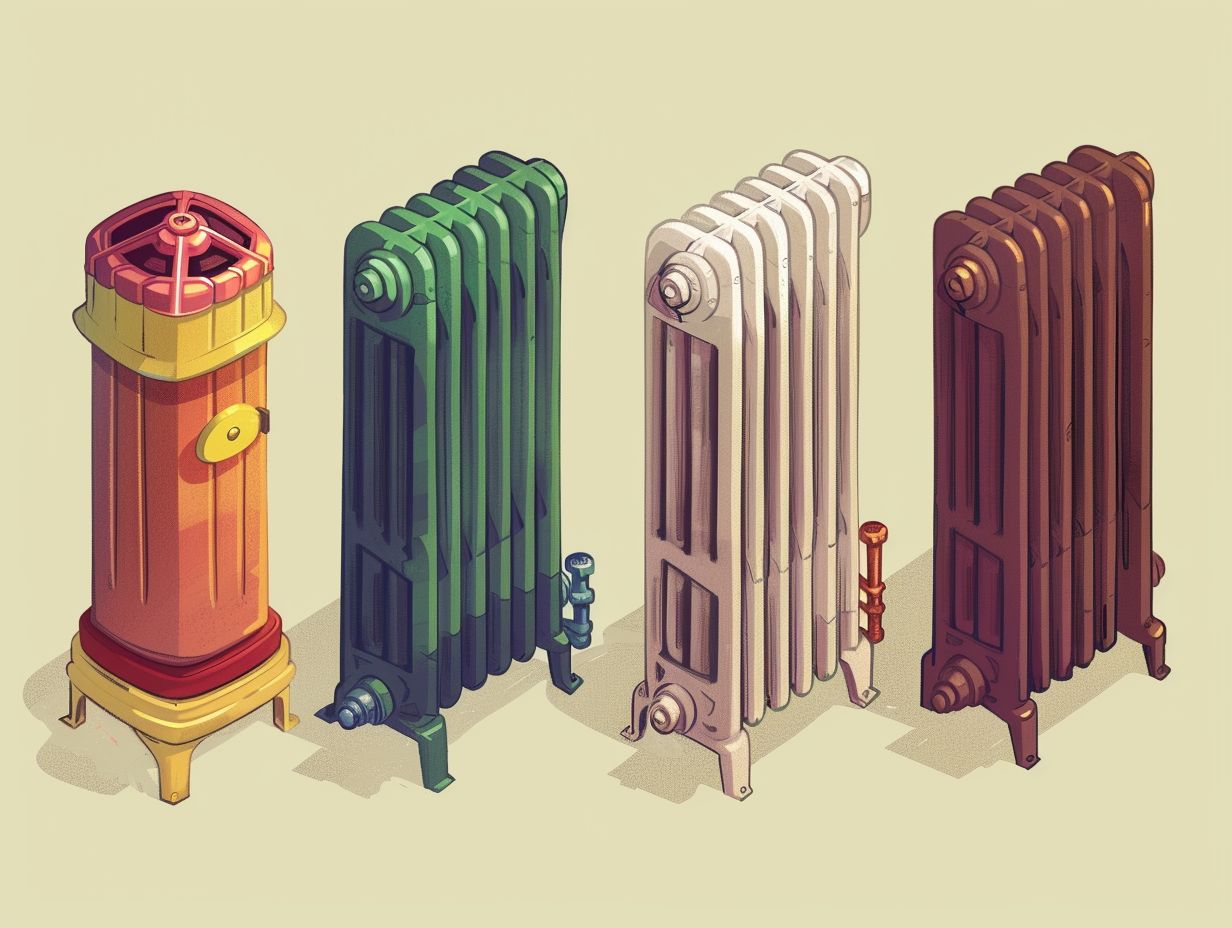
When selecting the Right Type 22 Radiator, you need to evaluate various factors to ensure it meets your specific heating requirements. Considerations such as room size, available space, power needs, and the efficiency of convector radiators play a crucial role in choosing the ideal Type 22 Radiator for your needs.
When determining the appropriate Type 22 Radiator for your space, it’s essential to measure the dimensions of the room where it will be installed.
Ensuring the radiator’s size aligns with the room’s heating demands is vital for optimal performance. Take into account any space constraints or layout considerations that may influence the radiator’s placement.
Balancing power needs with efficiency is key – opting for convector radiators can offer rapid heat distribution and energy savings. These factors combined will help you select the ideal Type 22 Radiator tailored to your unique heating requirements.
Factors to Consider
When selecting the right Type 22 Radiator, you should consider several factors to ensure optimal heating performance and cost efficiency.
It is crucial to assess the cost-effectiveness of Type 22 Radiators in comparison to other options on the market. Understanding the price variations and how they correspond to efficiency ratings can assist you in making a well-informed decision.
The heat output capabilities are pivotal in determining the radiator’s effectiveness in efficiently heating your space. By comprehensively evaluating these key factors, you can choose a Type 22 Radiator that not only fulfills your heating requirements but also provides the best value for your investment.
Cost Comparison with Other Radiator Types
Performing a cost comparison with other radiator types is essential in determining the most cost-effective and efficient heating solution for your space. When comparing Type 22 radiators with other options, you can gain a better understanding of price differentials and energy efficiency ratings.
Type 22 radiators typically offer a balance between affordability and performance, making them a popular choice for many homeowners.
When considering heat output comparisons, Type 22 radiators often prove to be efficient in distributing warmth evenly throughout the room, ensuring a comfortable living environment.
Therefore, taking into account these factors can help you make an informed choice that aligns with both your budget and heating needs.
Price and Efficiency Comparison
When you conduct a Price and Efficiency Comparison between radiator models, it’s important to consider factors such as space utilisation, British Thermal Units (BTU) output, and the reputations of trusted brands like Trade Radiators, K2, and K1 radiators.
Evaluating the efficiency and pricing of radiators is essential for making well-informed decisions based on performance and cost-effectiveness.
By analysing the space optimisation capability of different radiator models, you can assess how well they integrate into various room layouts while maintaining functionality. The BTU output is another crucial aspect to take into account as it directly influences the heating efficiency of the radiator.
Trusted brands such as Trade Radiators, K2, and K1 have established solid reputations for producing high-quality radiators known for their reliability and durability. Comparing prices across these brands can assist in finding the right balance between cost and performance, ensuring that you achieve optimal value for your investment.
Frequently Asked Questions
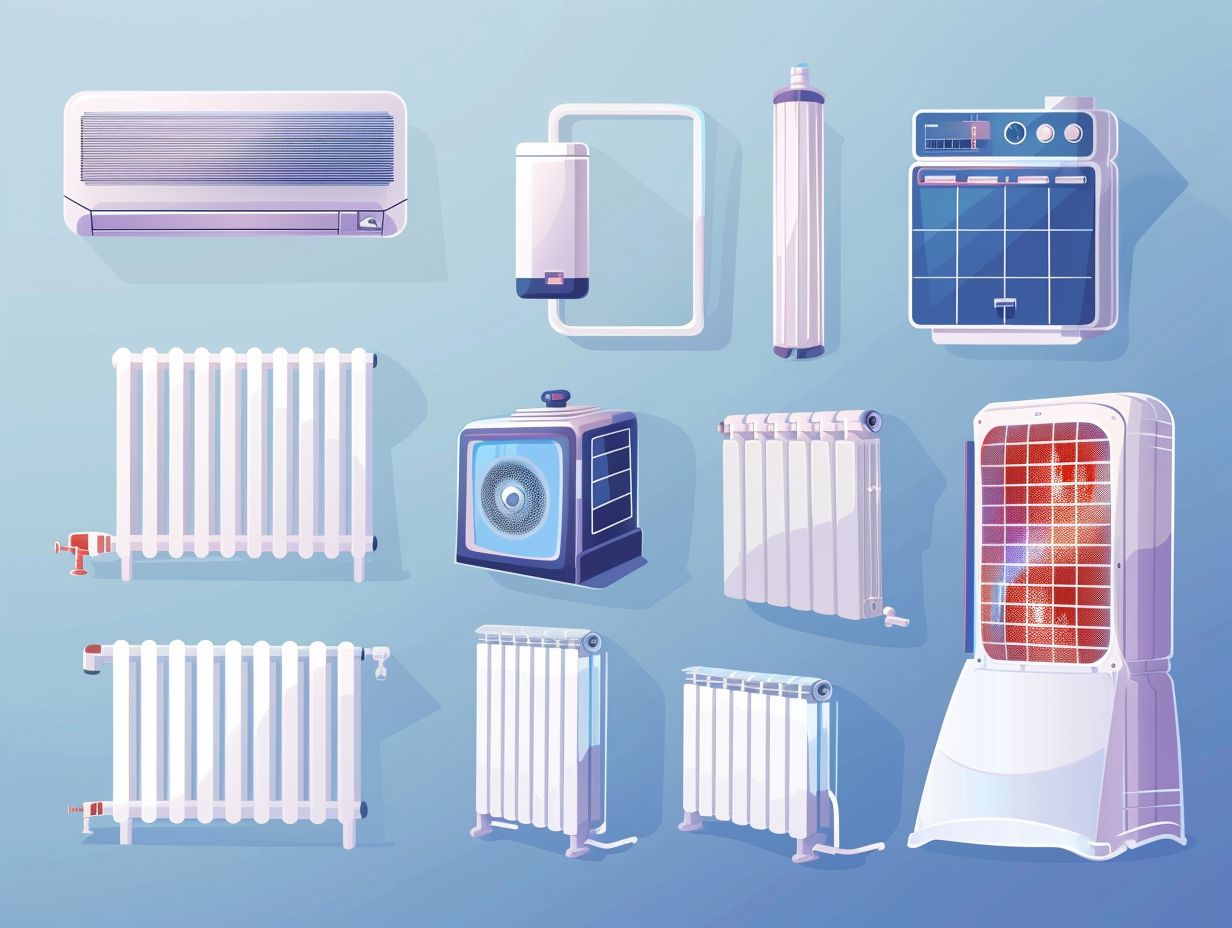
What is a type 22 radiator?
A type 22 radiator is a type of central heating radiator that has two panels and two convectors, hence the name “22”. It is a popular choice for heating homes as it provides a high heat output and efficient heating performance.
How do type 22 radiators differ from other types?
Type 22 radiators differ from other types in terms of their number of panels and convectors. They have two panels and two convectors, whereas other types such as type 11 only have one panel and one convector. This allows type 22 radiators to produce more heat and have a higher heat output compared to other types.
Are there any benefits of choosing a type 22 radiator over other types?
Yes, there are several benefits of choosing a type 22 radiator over other types. As mentioned, they have a higher heat output, making them suitable for larger rooms or spaces. They also have a more modern and sleek appearance compared to other types, and can help save on energy costs due to their efficient heating performance.
Can type 22 radiators be used in any type of heating system?
Yes, type 22 radiators can be used in most common heating systems, including gas, electric, and oil. However, it is important to ensure that your heating system is compatible with type 22 radiators before installation.
Do type 22 radiators require any special maintenance or care?
No, type 22 radiators do not require any special maintenance or care. However, it is important to regularly clean and dust the radiators to ensure they are functioning efficiently. It is also recommended to bleed the radiators once a year to remove any trapped air that may affect their performance.
Are type 22 radiators more expensive than other types?
Type 22 radiators may be slightly more expensive than other types due to their higher heat output and efficiency. However, the initial cost may be offset by the potential energy savings in the long run. It is important to consider your heating needs and budget when choosing the right type of radiator for your home.

